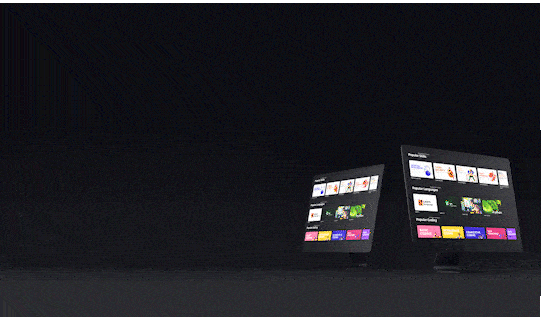0
Notifications Mark All Read
- Login
- Get Prime
Logical Menu
- Number Series
- Coding and Number Series
- Letter and Symbol Series
- Logical Sequence of Words
- Analogy and Classification Pattern
- Statements and Conclusions
- Statements and Assumptions
- Data Sufficiency
- Visual Reasoning
- Cube and Cuboid
- Cube
- Dice
- Directional Senses
- Blood Relations
- Odd Man Out
- Syllogism
- Arrangements
- Seating Arrangements
- Coding Deductive Logic
- Objective Reasoning
- Selection Decision Tables
- Attention to Details
- Inferred Meaning
- Cryprtarithmetic
- Get Off-campus Drive Updates
- Get Hiring Updates
- Contact US
Cube and Cuboid Questions and Answers
Questions and Answers for Cube and Cuboid
This page contains Cube and Cuboid Questions and Answers. A cube is a shape having three dimensions and 6 faces, 12 edges, and 8 corners. In a cube all the edges are of similar kind and include square-shaped faces. In total, there are 6 faces, 8 vertices & 12 edges in a cube. Vertex denotes the corners and an edge denotes the side.

Introduction of Cubes and Cuboids
The most important thing to consider while solving the questions of such types is to visualizing the cube in your mind. By looking at the cube you can clearly identify the basic terminologies such as the face, vertex, and edge of a cube Each line segment in the cuboid is edge, and the points where the edges meet is vertex. All edges are the sides, and vertices are the corners of the cuboid, and the opposite faces are parallel rectangles, which include similar dimensions.
Rules of Cube and Cuboid
- When a cube have its side measuring unit as ‘a’ and is painted on every face, and then it is reduced into smaller parts with measuring unit of sides as ‘b. Then you are expected to answer the quantity of cubes with ‘n’ faces painted. Reasonably if you see one specific edge of any big cube and visualize the smaller parts of that by making \frac{a}{b} then the number of smaller cubes will be calculated by (\frac{a}{b})^3
- As we know that all the reduced cube parts will always have at least one face in the inner side, which means not on the exterior side; therefore, all the reduced cubes will have faces that are not painted. Also as the larger cubes meet at the corner points, i.e. 3, hence, the lesser cubes will be having a limit of 3 painted faces. Therefore, the smaller cubes with 3 faces painted = Number of large cube’s corners = every time 8 cubes. The only condition is that all the faces of the larger cubes are painted.
- To get the total number of smaller cubes having 2 faces painted only, we need to check the cube edges points. These are the points where 2 faces of the larger cubes meet. To solve these questions, you always need to include the corner cubes also, hence if you will remove 2 cubes from the total number of cubes on each edge, then you will easily get the answer.
- The cubes with one face painted can only be at the cubes at the face of the bigger cubes.
Prime Course Trailer
Related Banners
Get PrepInsta Prime & get Access to all 200+ courses offered by PrepInsta in One Subscription
Also Check Out
Cube and Cuboid Questions and Answers

Please login to report
Also Check Out
Get over 200+ course One Subscription
Courses like AI/ML, Cloud Computing, Ethical Hacking, C, C++, Java, Python, DSA (All Languages), Competitive Coding (All Languages), TCS, Infosys, Wipro, Amazon, DBMS, SQL and others
- Visual Reasoning – Questions | Formulas | How to Solve Quickly | Tricks & Shortcuts
- Cube – Questions Formulas | How to Solve Quickly | Tricks & Shortcuts
- Dice – Questions | Formulas | How to Solve Quickly | Tricks & Shortcuts
- Visual Reasoning – Questions |
Formulas |
How to Solve Quickly |
Tricks & Shortcuts - Cube – Questions |
Formulas |
How to Solve Quickly |
Tricks & Shortcuts - Dice – Questions |
Formulas |
How to Solve Quickly |
Tricks & Shortcuts

 0
0



Login/Signup to comment